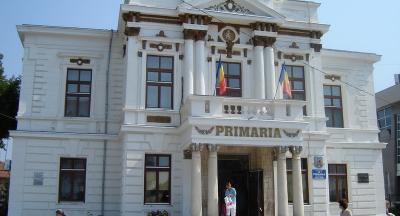Calarasi
*Disclaimer: The information and views set out in this page do not necessarily reflect the official opinion of the Council of Europe and/or the European Commission. Neither the Council of Europe, the European Commission nor any person acting on their behalf may be held responsible for the use which may be made of the information contained therein.
The Calarasi municipality is the capital of Calarasi County in the South-Eastern part of Romania. The 2011 census records 2,054 ethnic Roma in the municipality. However, according to civil society estimates, there are actually approximately 10,000 Roma living in Calarasi who represent a variety of Roma communities, including Cărămidari, Spoitori, Calderash, Rudari and Ursari.
Most Roma live in rather poor conditions in several municipality areas which have poor access, substandard housing and uncertain legal status. These areas are: Oborul Nou, Cărămidari, FNC – Livadă, Doi Moldoveni, Cinci Călărași, Măgureni, Prelungirea București, A pero, Mircea Voda, Ceremac, Oborul Nou, Doi Moldoveni and Cinci Călărași. These neighbourhoods do not have appropriate urban services and also suffer from poor access to utilities.
The neighbourhoods involved in ROMACT program are Moldoveni (920 inhabitants), FNC – Livada (2.600 inhabitants), and Oboru Nou (670 inhabitants). Although each neighbourhood has its own unique challenges, they all share challenges with regards to access to health, employment and poor infrastructure.
On the 4th February 2014, a Letter of Commitment was signed between the Mayor and the Special Representative of the Secretary General of the Council of Europe on Roma. The cooperation between the Community Action Group (CAG) and local authorities was facilitated by the ROMACT support team. The collaboration resulted in a Joint Action Plan that was approved by the Local Council in February 2016.
Another benefit to our participation has been the training of three municipal staff who have been trained by the ROMACT programme in project management and in applying for funding from the European Structural and Investment Funds to access funding for Roma inclusion. Together with ROMACT experts, municipal staff are now preparing project proposals to apply for EU funds (eg setting up a social centre in the Obor neighbourhood, a kindergarten in the Livada neighbourhood, and other projects).

